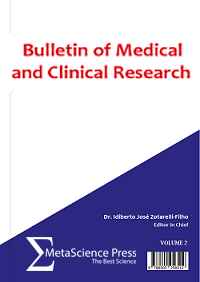Brain and Behaviour: Quantitative Analysis among Youth Men using Mobile EEG System
DOI:
https://doi.org/10.34256/br2015Keywords:
Mobile EEGSystem, EEG patterns, EEG rhythms, EEGAbstract
The present article explores the relationship between the EEG rhythms' oscillations and the personality traits in a group of young males (soccer players and sport students). EEG was recorded by a single-channel wireless EEG system in the prefrontal cortex.Personality traitswere identified in accordance with Eysenck's personality questionnaire. The regression model was used to analyse the EEG rhythms as possible predictors for Eysenck'spersonality traits. The findings of the study highlighted two slow rhythms that can be considered as predictors for personality traits, specifically:delta wave –for extraversion with negative slope, which could be related to mood,and theta wave –for neuroticism with negative slope, which could be related to inhibition. Those EEG patterns could condition preference for certain behavioural strategies in accordance with type of temperament. In addition, for two EEG high-frequency rhythms, association was revealed with personality traits: for beta rhythm as a hypothetical predictor for neuroticism, and for gamma rhythm –for lie. The statistically significant relationship between the slow bands with neuroticismand extraversion indicate to influences of the emotion-generating and reticular brain structures. In conclusion, the prefrontal cortex's backgroundEEG activity can reflect preference of certain behavioural strategies, which are formed in accordance with individual type of temperament. This impliesthat study further examined probability association between the higher frequency bands (beta and gamma) and personality traits, which would be achieved in future researches. In addition, the data derived from a single-channel wireless system equipment demonstrated results, which is close to EEG recorded by conventional lab-based equipment.
Downloads
Published
Issue
Section
License
Copyright (c) 2020 Murad Sultanova, Ulduz Hashimovaa, Khadidja Ismailovaaa

This work is licensed under a Creative Commons Attribution 4.0 International License.


